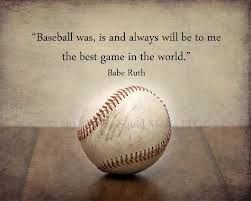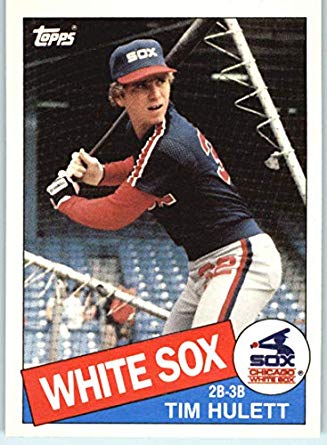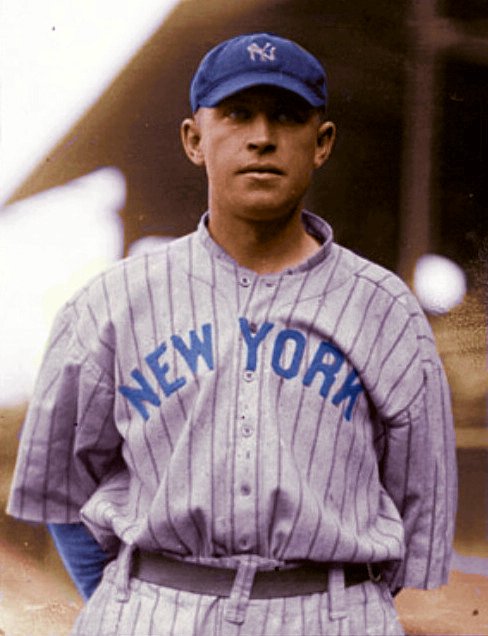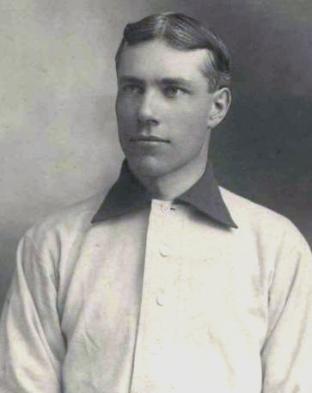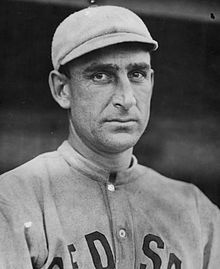Several Short Bios from the Central Illinois Area
This is the final post on major league players born in Central Illinois. I could have included many of the stars of the game from these counties such as Jim Thome, Joe Girardi, Robin Roberts, Ben Zobrist, Dick Schofield and many more. I made the decision to stick with the lesser-known players. Here are some…

